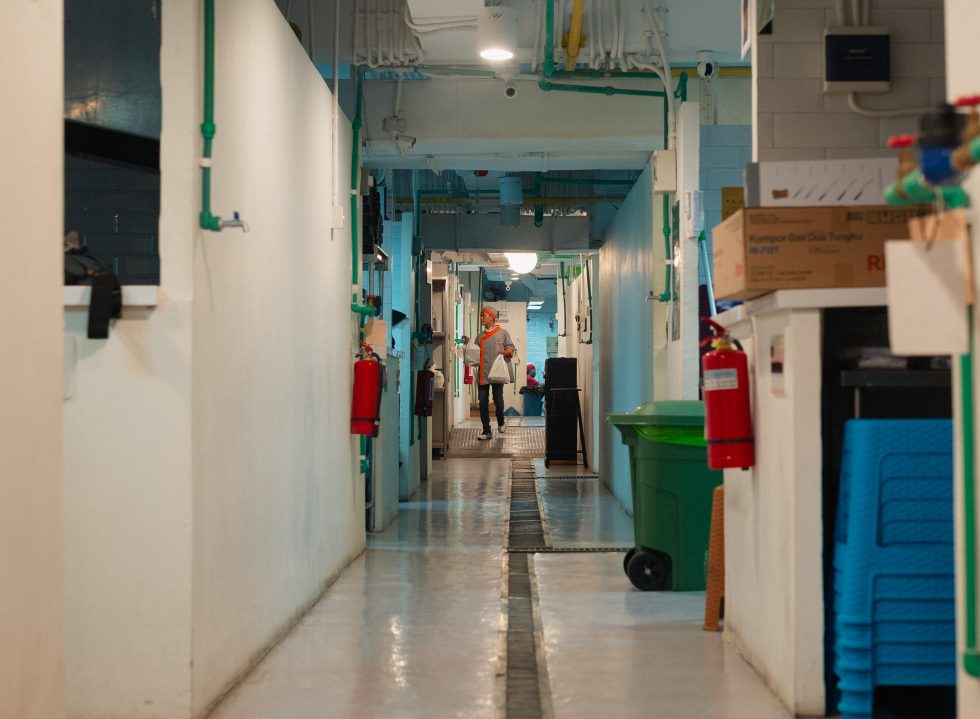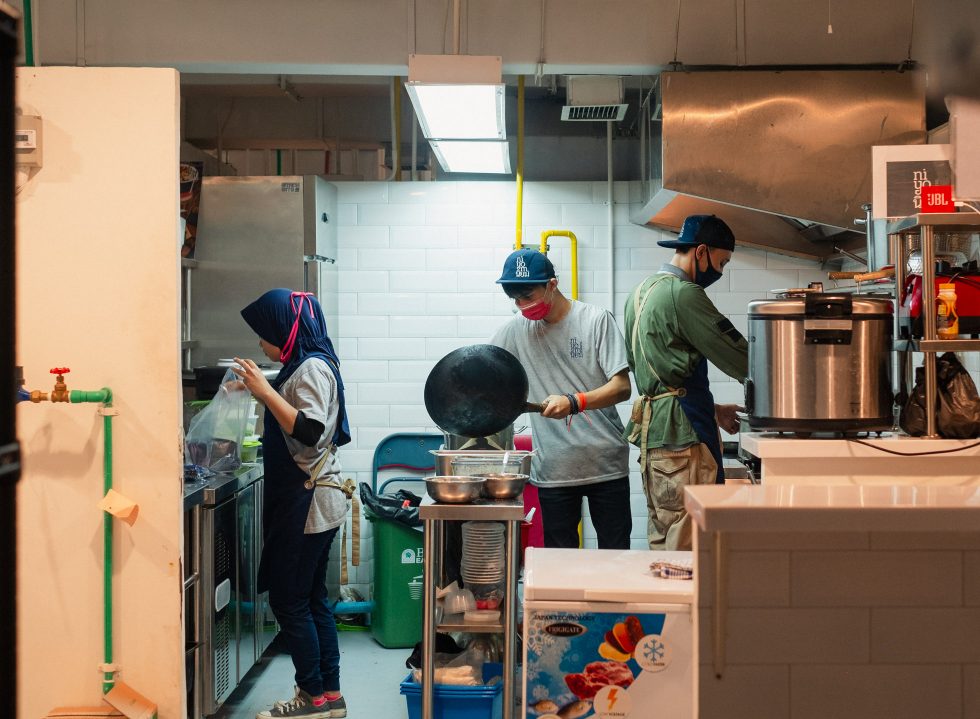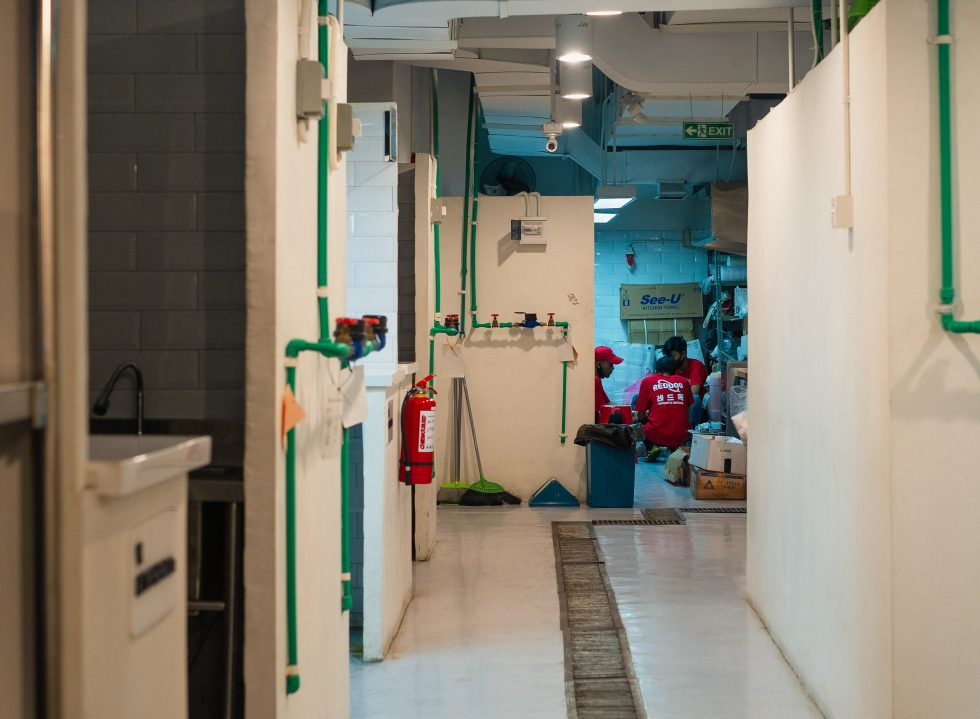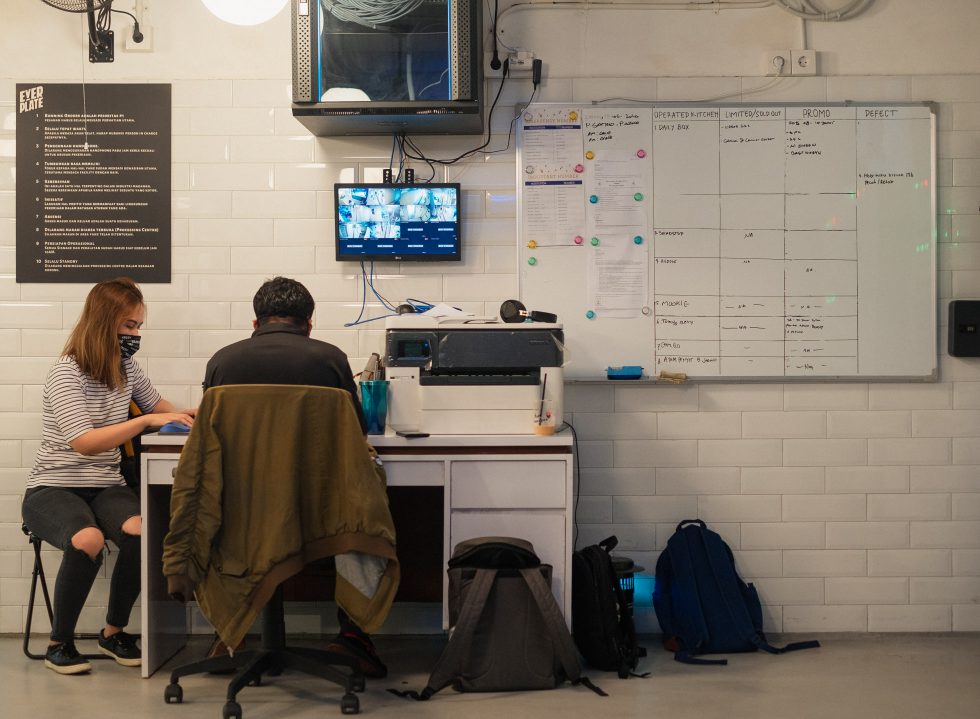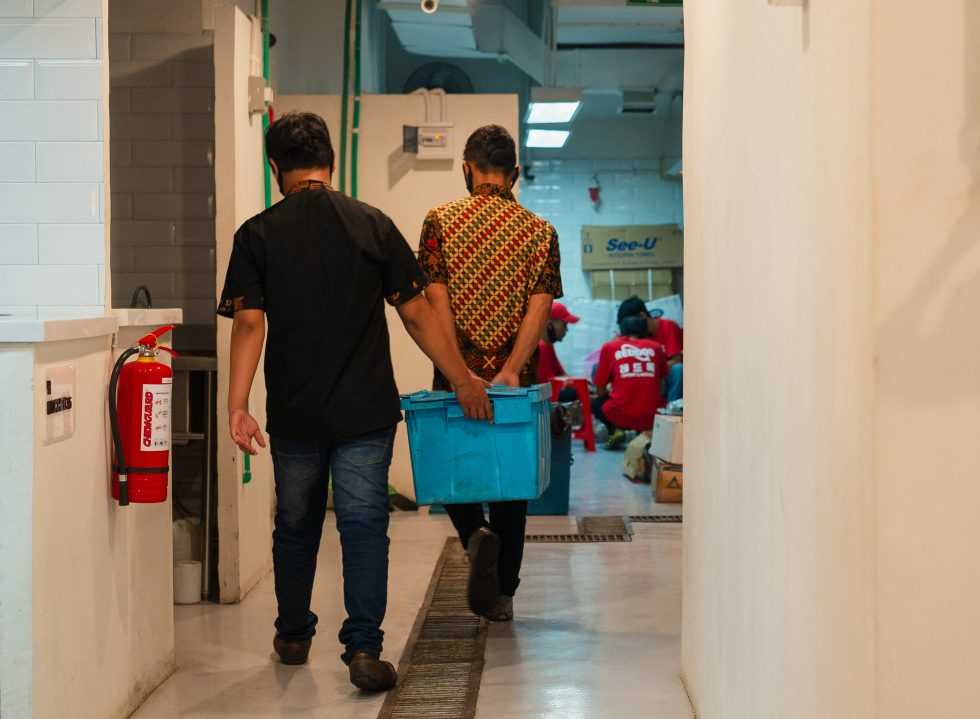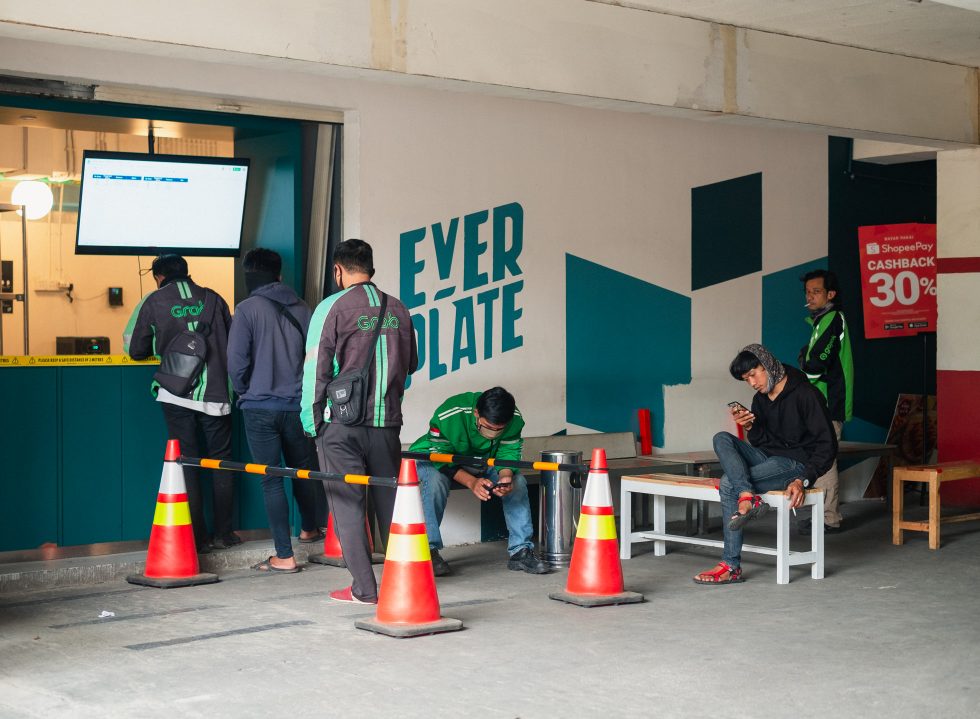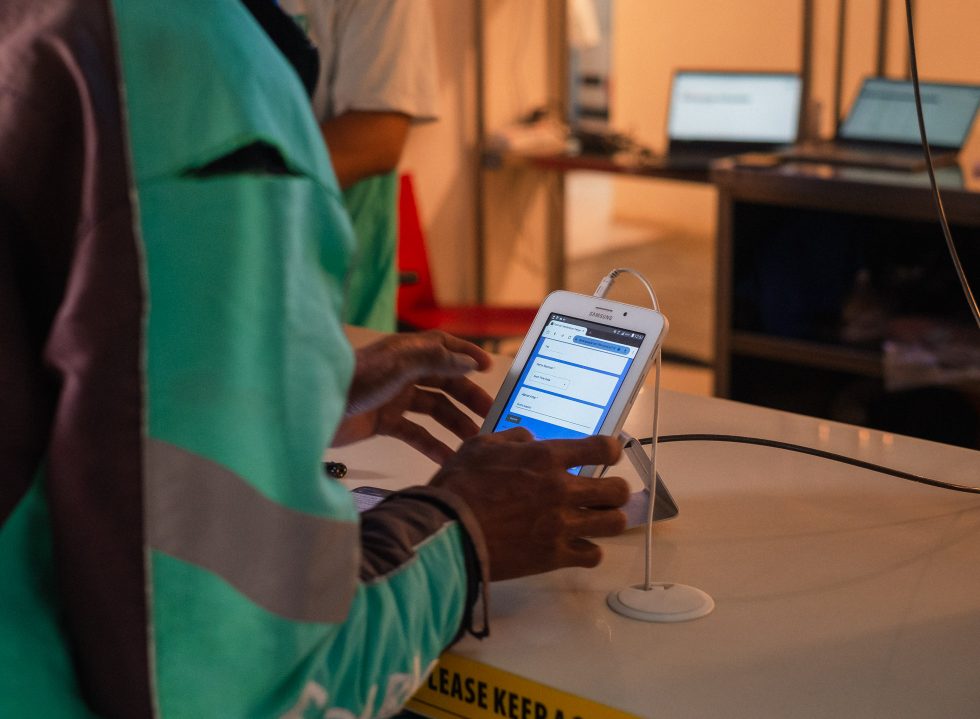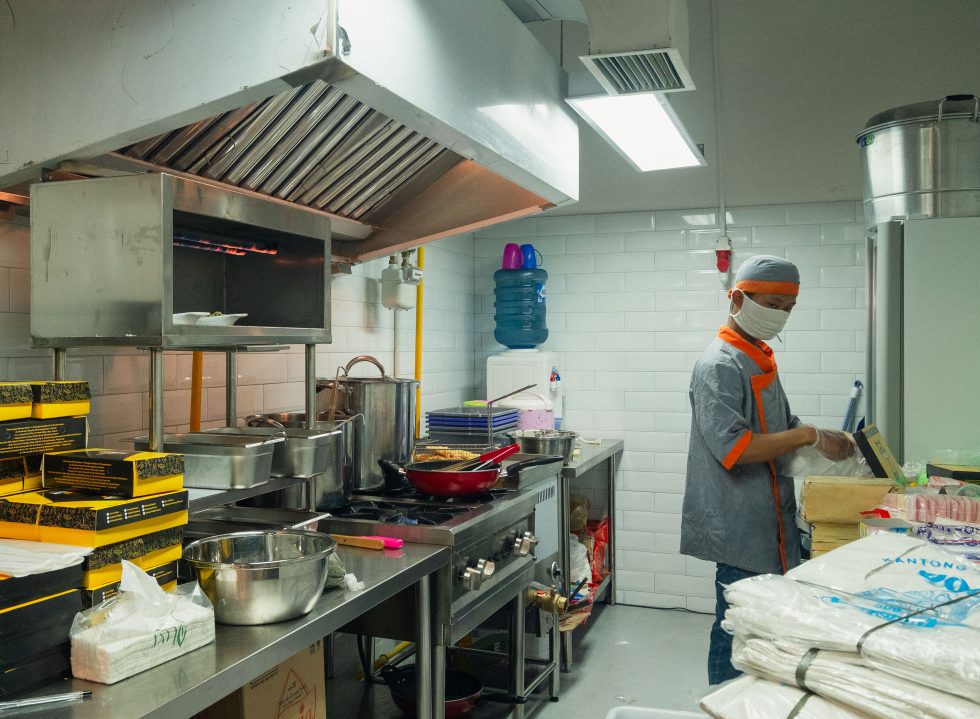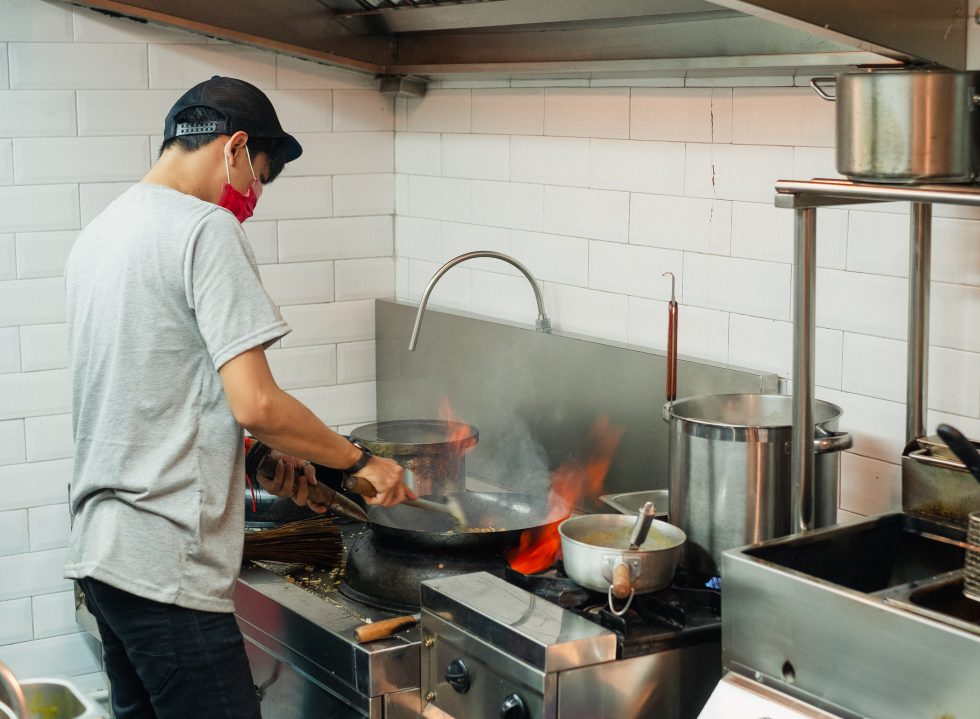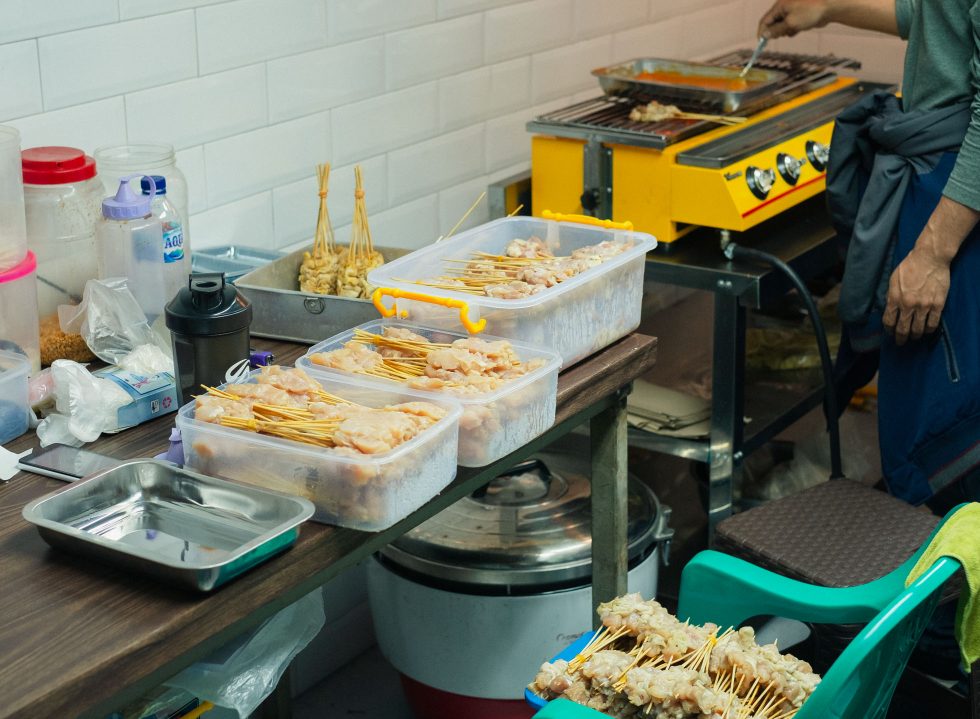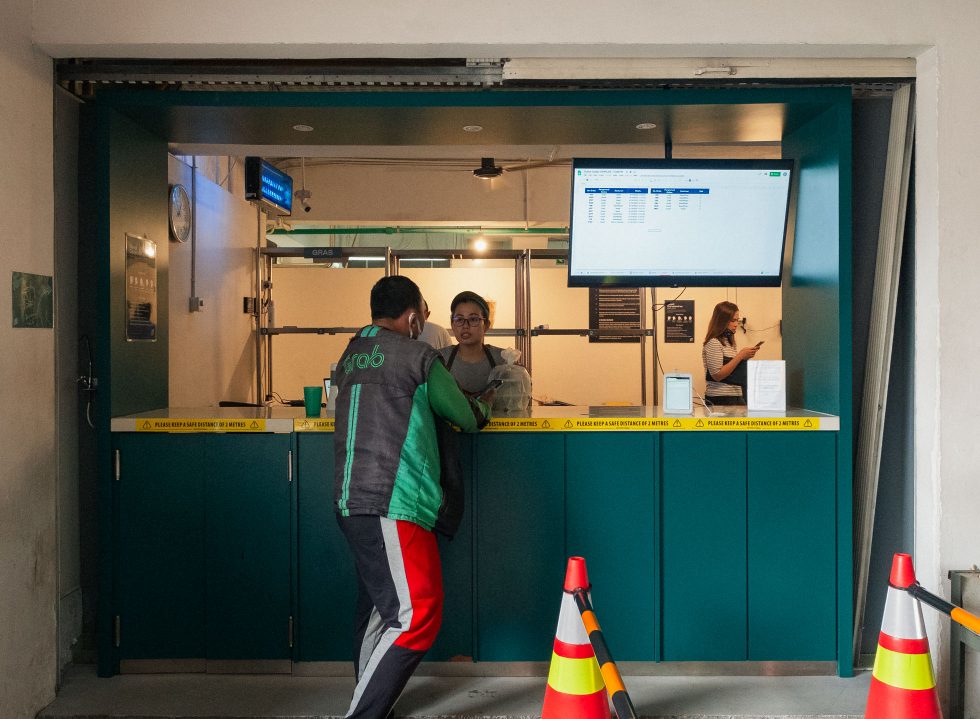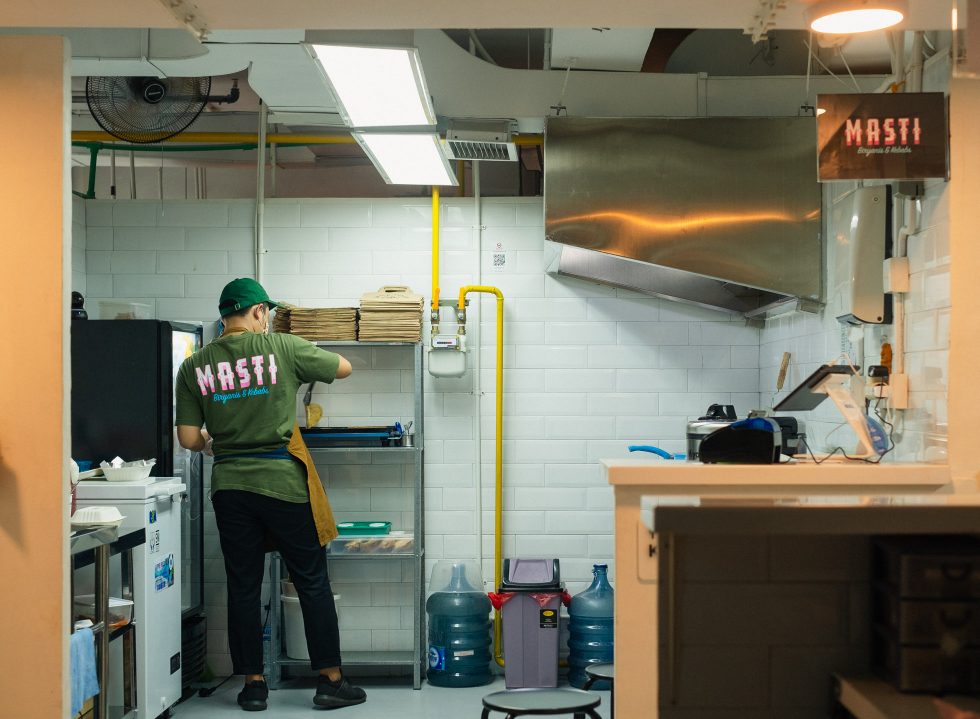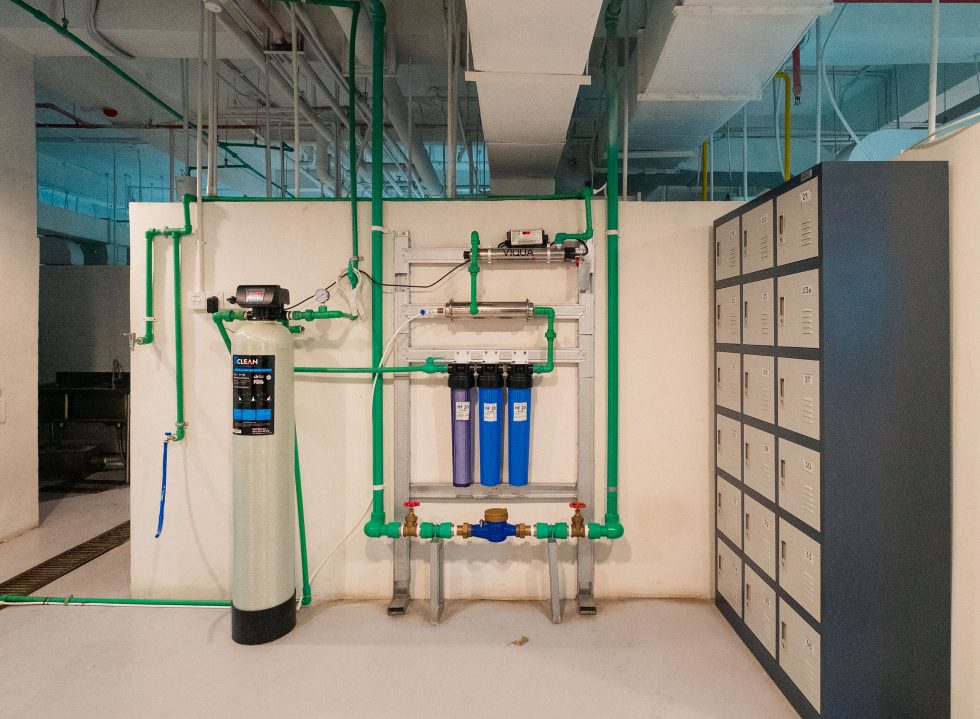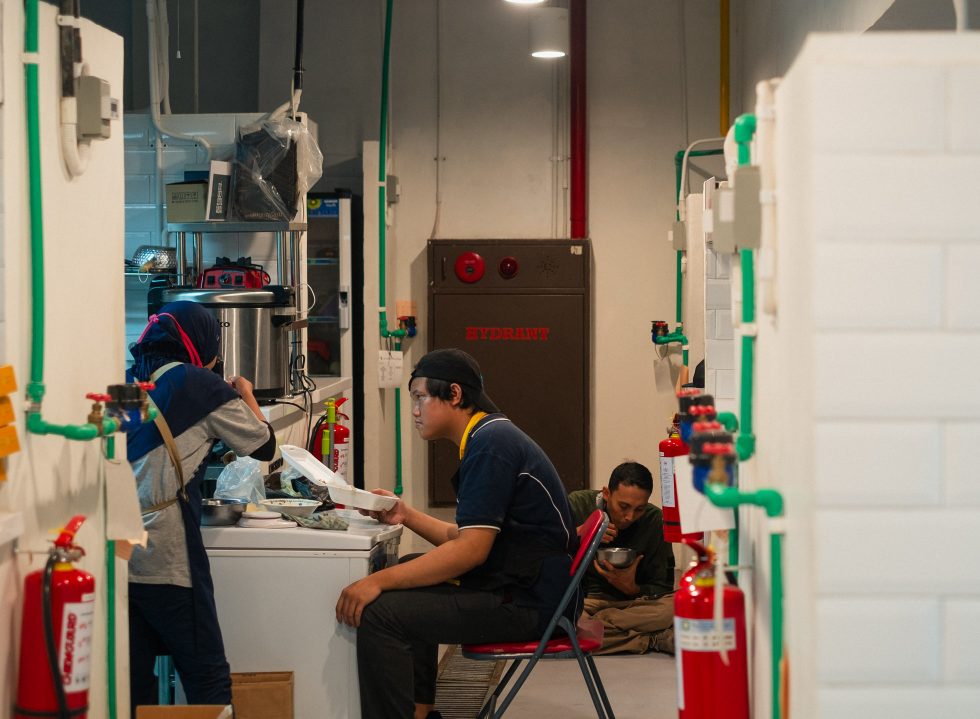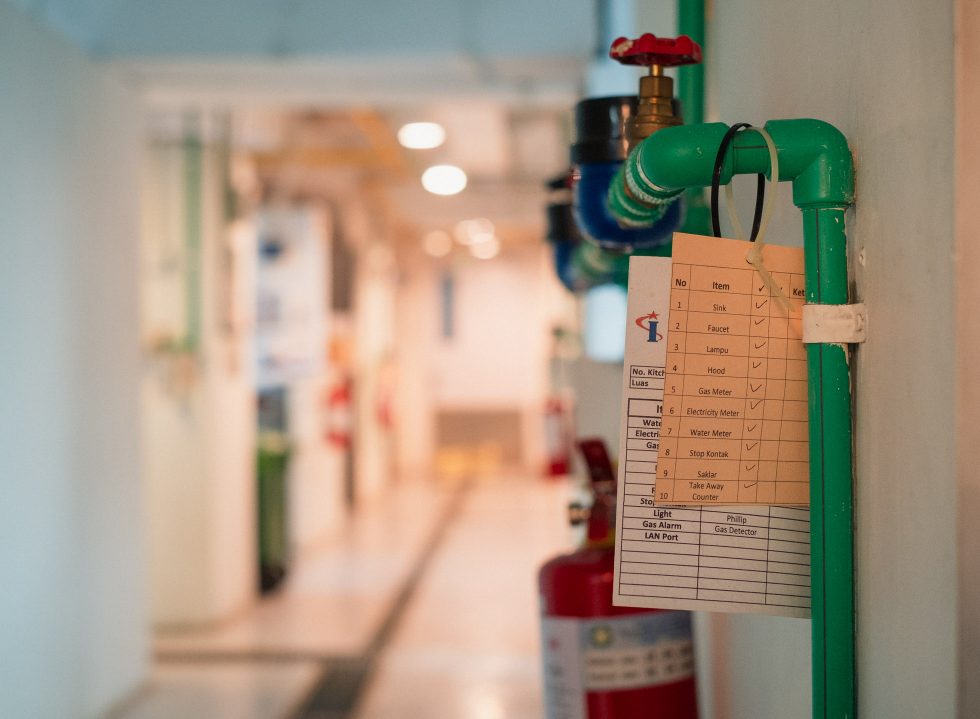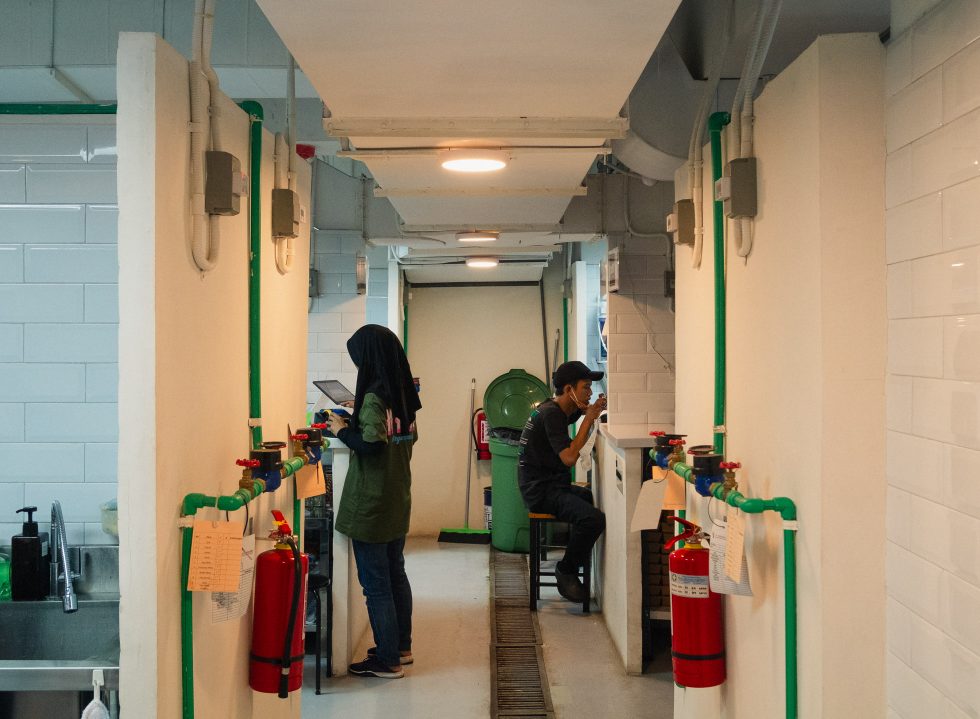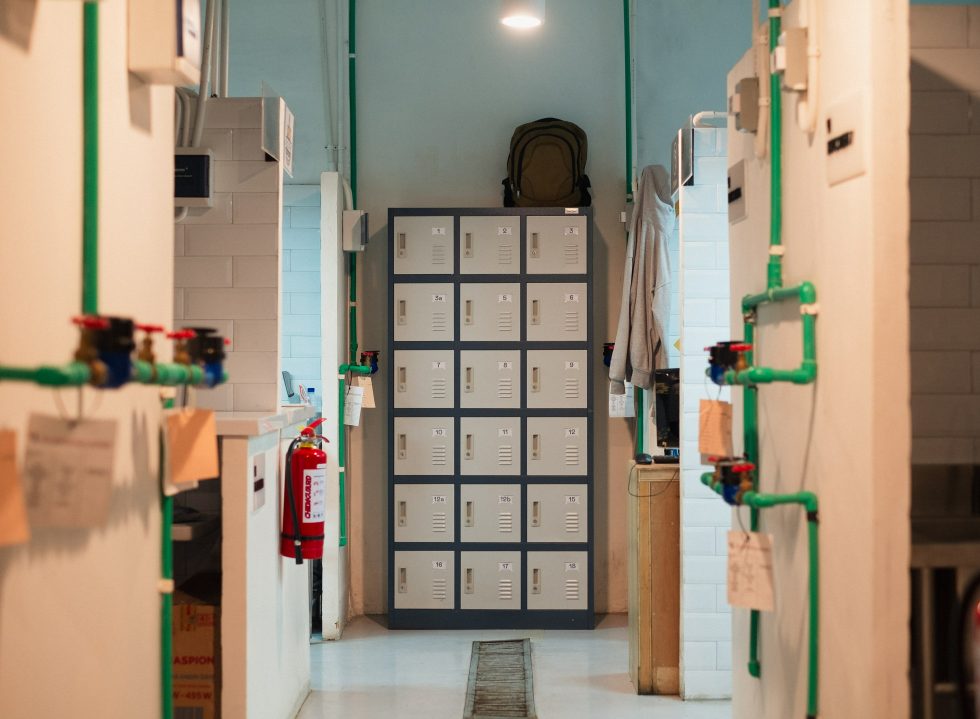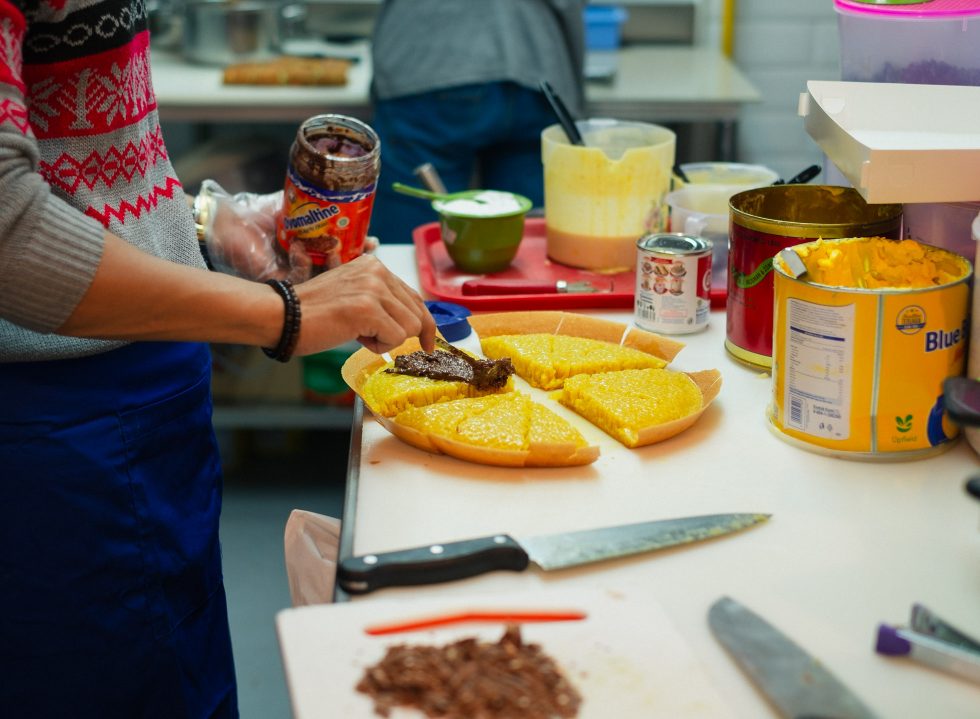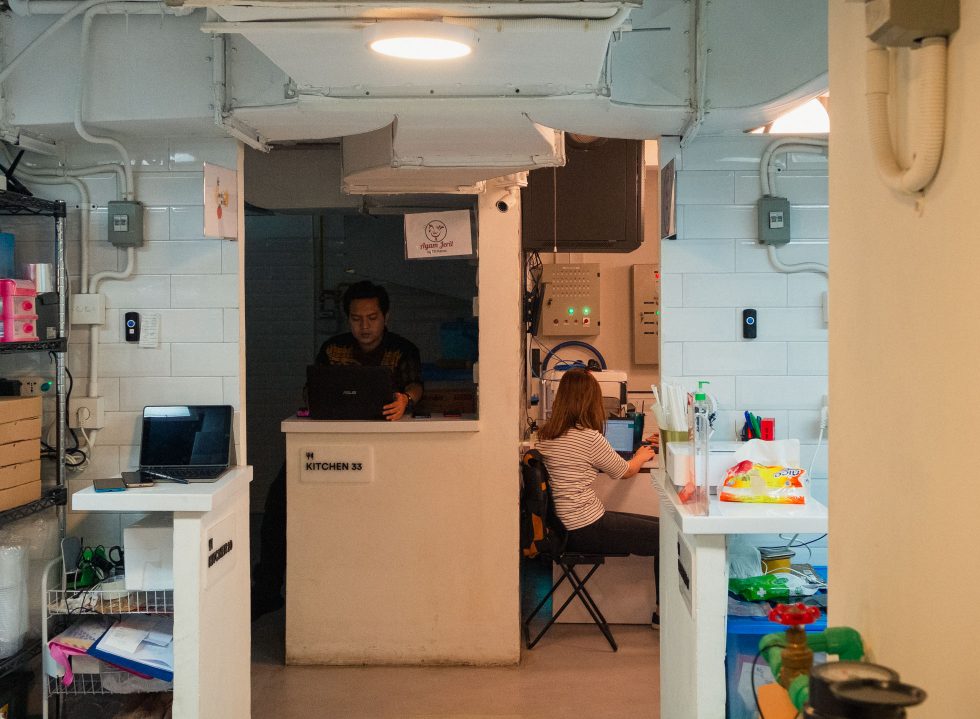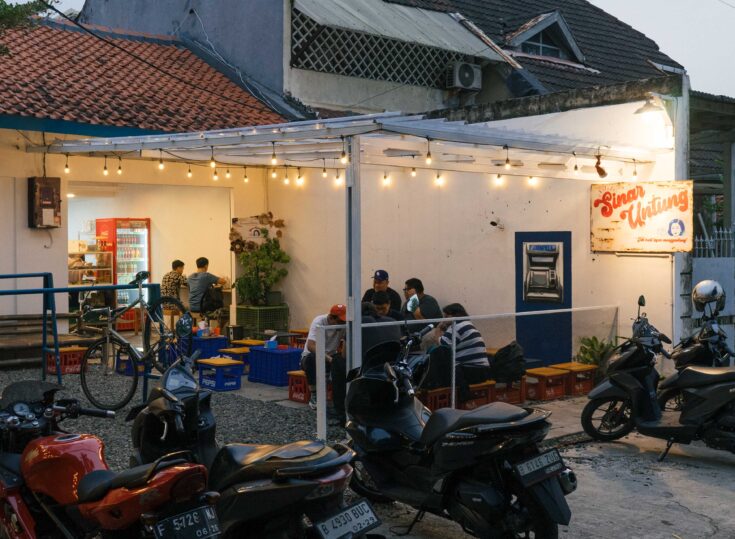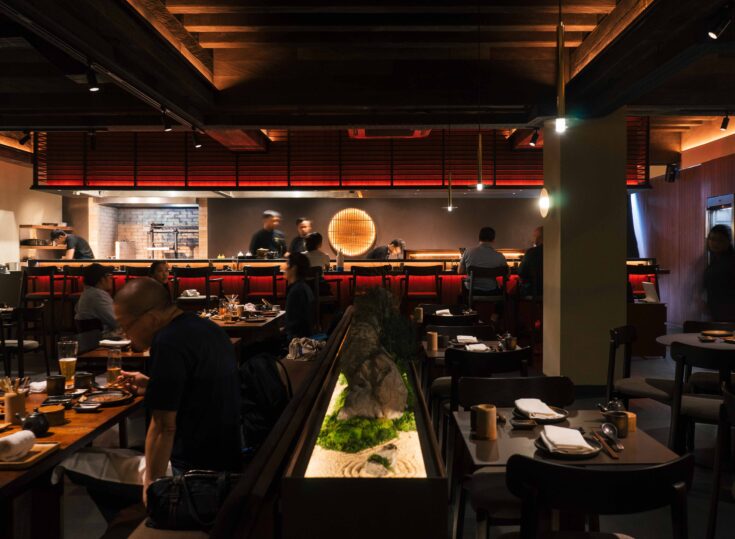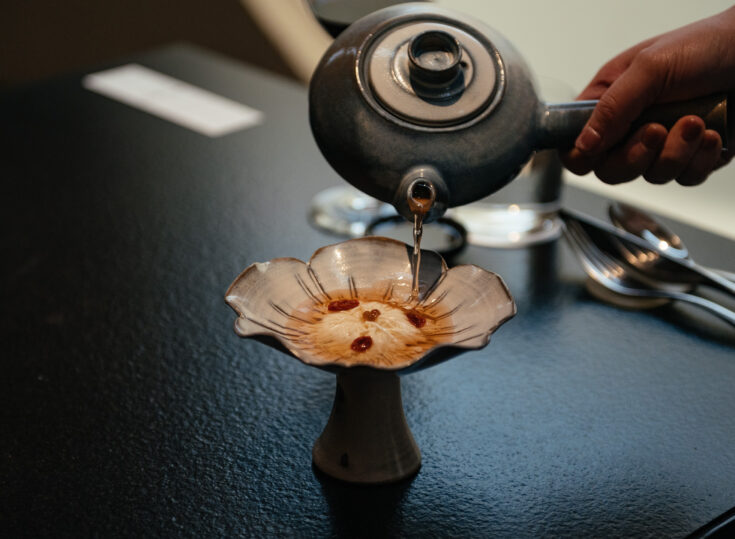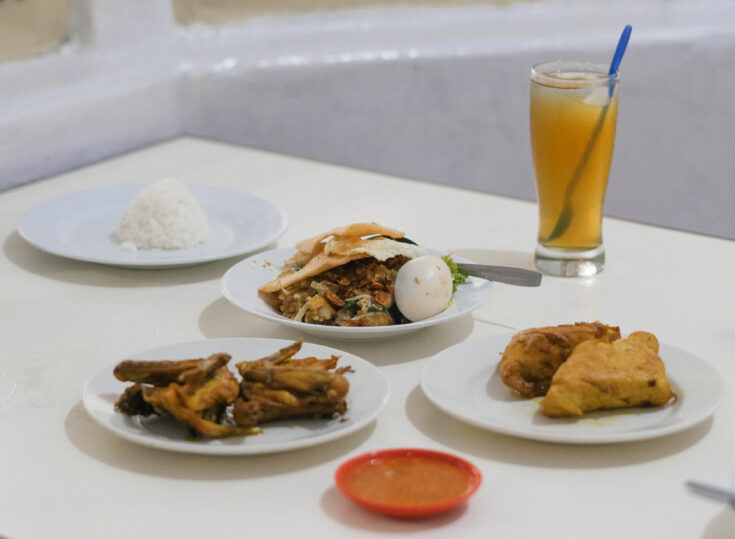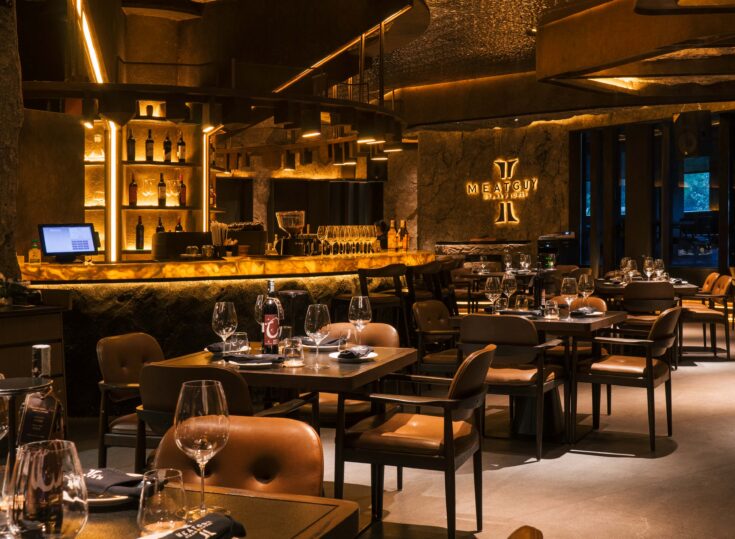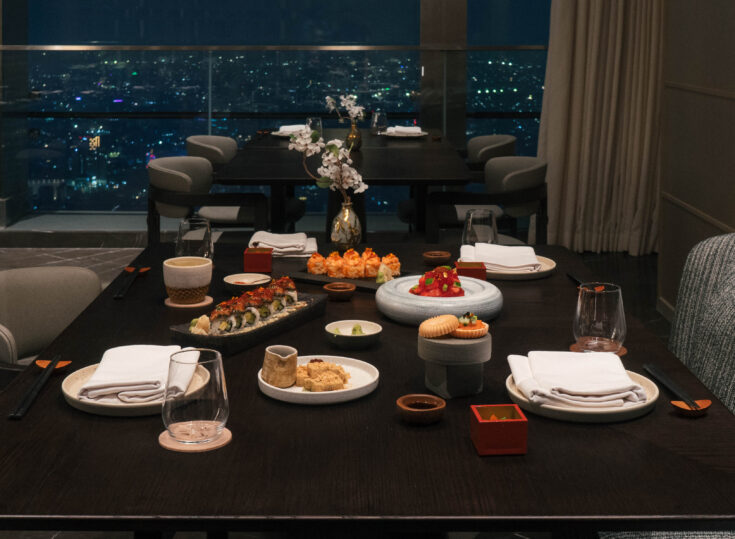Much like in other urban sprawls, the F&B scene in Jakarta is burgeoning. In turn, competition becomes tight that even businesses with great concepts may not translate to success; failure rate remains high when restaurants are placed in lesser-known areas, while strategic locations are synonymous with a hefty price tag.
This reality, along with other weighing factors, hinders many independent business owners from installing their own brick-and-mortar restaurant. And yet, with the ever-changing consumer behaviour in the age of technology, they seemed to have found the antidote to this hurdle: cloud kitchens.
Also dubbed as ghost kitchens or virtual kitchens, the tech-driven concept was first introduced in 2013 by Rebel Foods, an Indian-based cloud kitchen company with over 1500 brands. By facilitating a kitchen space to delivery-only restaurants, demands for food delivery consumption (backed by ride-hailing platforms such as Uber Eats and Foodpanda) continued to swell. A few years later, San Francisco based CloudKitchens, Calif-owned Kitchen United and a stream of cloud kitchens followed in tracks—resulting in delivery as the main area of growth in the F&B sector.
In this dive, we spoke to Jakarta-based cloud kitchen facilitator Everplate Kitchens as well as independent restaurateurs for acumens on the impacts, efficiency and future of the trending business venture.
New, but not foreign
Although the concept of restaurant delivery has been implemented for decades, striking out dine-in to focus on delivery was made possible by technology and changes in the modern-day market behaviour. With a quicker and cheaper (minus the additional transport fee) option for people to get their meals, the conventional habit of dining-in has been shelved. As a result, cloud kitchens have become the new alternative.
“We see exponential growth in delivery in Indonesia, despite the relatively lower penetration rate for the online food delivery market when compared to more mature markets, where [cloud kitchens] have proliferated,” said Andreas Surjaputra, Restaurant Operations Lead of Everplate Kitchens, a cloud kitchen enterprise in Jakarta that caters to 36 merchants as of today. Established last year with a mission to “help restaurants achieve higher efficiency in terms of both space and labour utilisation”, Everplate believes that with delivery being a pivot of the restaurant business, sellers can optimise production and food quality, instead of getting strained with other issues that come with traditional brick-and-mortar.
“We notice that [cloud kitchen] appeals to many segments within the food industry. For instance, brands with brick-and-mortars are not optimised for delivery because staff are not fully utilised, and orders typically take longer to process, especially when they are located in a mall.” With a cloud kitchen, brands with physical stores can boost efficiency in delivery services without disrupting dine-in experience.
The business model also furthers the interests of enterprise brands, as many expand footprints to ghost kitchens in delivery-oriented hotspots, as is the case with Everplate tenants SaladStop! and Tokyo Belly.
For start-up or developing brands, running a virtual restaurant under a cloud kitchen can be a viable starting point. “[Newly-established brands] can test out numerous concepts in a fast and inexpensive manner. Given the kitchens are virtual in nature, merchants only need to bring their supplies to hit the ground running,” said Andreas.
A game-changing trend
Besides the low barrier entry, what makes cloud kitchens attractive is its cost-effectiveness: with the ability to eliminate brick-and-mortar-related overheads, “cloud kitchens can easily take advantage of on-demand labour and don’t have to worry about service staff at all,” stated in an article by software company for food entrepreneurs and cloud kitchens, The Food Corridor.
“The [cloud kitchen] approach is still fairly new to us,” expressed Tamish Aswani, owner of MASTI Biryanis & Kebabs who has recently launched their second outlet under Everplate Kitchens. Their first outlet in World Trade Centre Sudirman had to take a backseat as the world was battling the C19-induced crisis, thus they “had to find a game plan that was affordable and maximise delivery services, and it seems like cloud kitchen is the way.”
Tamish admitted that the decision to launch their second branch through a cloud kitchen was not only caused by the setback following the pandemic but because he seeks longer and flexible operational hours. Targeting audiences on weekends was also the reason behind their expansion to cloud kitchen, as their WTC outlet was targeted for visitors during office hours.
“At first, we were looking for a well-organised facilitator: infrastructure-wise and internal SOP-wise, and the Everplate team seemed to really accommodate that. Space is provided and from there it’s plug and play.”
For Niyom Express, a restaurant brand that produces Thai Food, it has always been a cloud kitchen from the get-go. “There was never a switch from conventional [restaurant] to cloud, and we represent the whole concept of cloud restaurant from every aspect: taste, production lead time, packaging and brand image,” said the business owner Darwin Setiawan. The reason behind this is as expected: its economic nature. Without operating a physical storefront, Niyom Express, as with other ghost restaurants, started off with low business capital and fewer labour expenses. “As a cloud restaurant, there’s no need to provide front-of-house operations for service or staff, and we get to set up cost reduction.”
However, Darwin argues whether cloud kitchen should be the substitute for the traditional restaurant concept. Although the former provides a great deal of hassle-free values, either is “really a choice of business direction that we want to take.”
The outlooks to the restaurant industry
Today, not only traditional restaurants have to grapple with high operational costs, brutal competitions and commissions to third-party delivery apps, but they have to compete with the sprouting ghost restaurants as well. The situation is made worse by the coronavirus aftermath, with many are still reluctant to dine out.
“I think it’s quite likely that [cloud kitchen] will be around for some time. The amounts coming from Amazon, CloudKitchens and other big companies show how serious they are in disrupting the [conventional restaurant] industry. Which is sad, because, at the end of the day, the winner will most likely be either a tech company or a delivery company,” asserted Banjo Tasning, co-founder of Pò Noodle Bar, which welcomed a flock of patrons on a daily basis prior to the pandemic.
To maintain the welfare of the conventional restaurant in these challenging times, he professed that brick-and-mortars must set the bar higher by boosting creativity. “Now more than ever, we have to be more creative in utilising the functionality of our space and put more attention to our in-house services.”
A similar impression is echoed by Sashia Rosari, co-founder of HONU Poké & Matcha Bar. Due to the ever-changing customer behaviour, “everyone in the F&B industry had to make adjustments to this ‘new norm’ that we are experiencing,” asserted Sashia. Both HONU and Pò Noodle Bar accept delivery orders, but as establishments that uphold brand values through their physical presence, they have their own verdicts on the trend and delivery-oriented business.
For Banjo, it’s important that their handcrafted noodles are enjoyed freshly after it’s made, but that isn’t his only concern. “The beauty of dining out is that you get to build a sentimental value by getting to know the establishment whilst sharing that moment with your dearest ones. That is the one thing that all this advancement cannot replace: human connection.”
This is also something that Sashia can resonate with. “We always want to create a wholesome dining experience. That is mainly the reason why we have not joined a cloud kitchen yet. We might have our own express module designed for takeaway in the future where we can still showcase our brand values.”
Like Banjo and Sashia, owner of farm.girl, Tiffanie Widjaja has her reservations on the thriving business model. As a chef, immediate and candid reactions by her patrons remain priceless—something that cloud kitchens cannot offer. “I like the overall experience of a [traditional] restaurant because I get to interact with customers and just be immersed in what I have envisioned and created. I’m pretty old school,” she explained. “But even before the pandemic, our delivery orders have increased gradually.”
The owners of these non-cloud restaurants seemed to acknowledge that the trend may be a game-changing one, but to them, trust and personal values from their customers are worth striving for. “For now, we’re still enjoying the process of creating a space where people can gather,” said Banjo. “To be able to see people enjoying dishes that we created is one of the perks of working in this industry, and we’re not looking to lose that anytime soon.”
Not without consequences
Of course, the business trend poses its own challenges with a smaller chance of loyal customers being one of the biggest drawbacks. While restaurants make do with a mix of ambience, food quality and hospitality, guests of virtual restaurants will only come back if the food is good and well-packaged.
The easy, low-cost entry into the market also means competing in a crowded digital marketplace. The variety—given that cloud kitchens and delivery apps support many different brands—gives customers the reign to shift from one merchant to another, rather than sticking to a few favourites.
“There’s really no specific restaurant where I like to order online as there is plenty to choose from. As long as the ratings are good and the testimonials [from their social media] say so, that’s fine by me,” said Jazlyn Soedarsono, a freelance stylist and photographer who enjoys takeouts at home. For content writer Sherenna Aurafani, proper pictures of the products are what lured her, since “it’s hard to tell whether a restaurant is qualified in every aspect through a delivery app, especially if it’s one I have never been to, or does not have a physical store.”
The highly competitive market and lack of exposure in the cloud kitchen venture is well-admitted by virtual restaurants and their facilitator. “Merchants need to get up to speed with the steep learning curve of digital marketing,” said Andreas of Everplate. Unless the brand is an offspring of an established restaurant or already has a strong image, merely surviving on its digital presence and reliance on third-party apps is a tough battle to be won.
But perhaps the case is different for SaladStop!, one of the largest healthy food chains in Asia who is also a tenant of Everplate Kitchens in Jakarta. The reason behind their expansion under a commissary kitchen, however, cannot be disclosed as the brand declined to comment on the matter.
This shows that although the demand for food delivery order is constantly rising, it does not necessarily mean a spiking interest towards virtual restaurants, as variety and convenience, especially in times of uncertainty, are the main reasons behind customers’ appeal.
“We are learning as we go,” expressed Tamish. “But putting extra effort into digital marketing is definitely important, we need to make sure that our brand keeps popping up. And this goes for whoever plans on joining the cloud kitchen.”
When asked if virtual restaurants translate to better digital brand awareness, Darwin said that it’s unlikely for a brand to attain big exposure if not balanced by proper marketing strategies. “A combination of conventional and digital presence definitely contributes to a better business model. Since we are a start-up brand with no physical storefront, we need to invest in digital marketing as we have missed out on being noticed physically.”
A trend or a future?
Convenience and practicality are the ideal combos for urban dwellers. And although the future of cloud kitchens looks bright, many are not prepared to forgo dining outs. “As much as I order takeouts, there’s a certain mood that is built by establishments to make you feel welcome: the music, the interior, the warm service. Human interaction is not one to replace,” explained Jazlyn. Sherenna, who covets the idea of good times outside with her friends, agreed: “The thing with dining out, is that there’s always excitement. You dress up, you listen to their music, you have a good time. You can’t have that at home.”
Tiffanie, who is looking forward to the day where she can finally welcome patrons at farm.girl again, admitted that the concept of cloud kitchen is not something that she’s opposed to. Rather, she thinks that “it makes total financial sense and a very good launching pad for new brands. I do see if they get a good response, they usually move to a brick and mortar at some point.”
Whether cloud kitchens will eventually be on par with traditional restaurants is too soon to tell, as both have their own set of consequences. Acknowledging the personal values that she reserves from dining outs, Sherenna “hopes that there will be a balance between the super-competitive markets. I’m quite sure that after the C19 aftermath, traditional restaurants will reinstate their happy days.”
However, with the many factors stemming from the age of technology, Andreas is confident that cloud kitchen is not a trend that will slope off easily. “We are in it for the long-term. With a favourable future landscape, we are confident that cloud kitchen merchants will have an even higher chance of succeeding with the model.”
